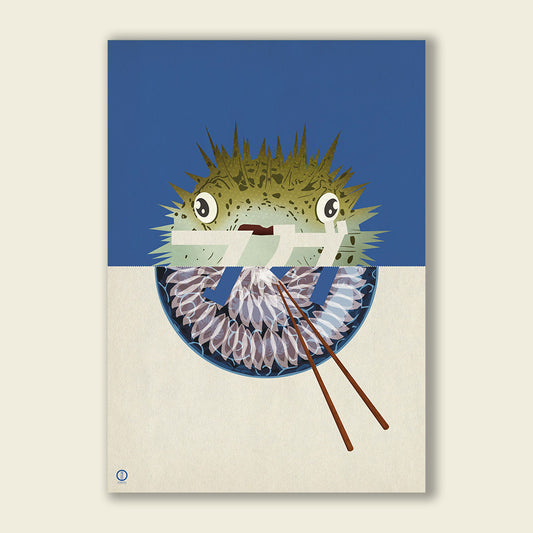What is Kenjougo (謙譲語)? Japanese Humble Language
Share
Presentation of Kenjougo (謙譲語)
- Kenjougo (謙譲語) is one of the three main types of keigo (敬語), or honorific language, in Japanese.
- It is used to humble yourself or your in-group, showing respect to the person you are addressing.
- This is especially important in formal situations, business, customer service, or when speaking to someone of higher status.
- Kenjougo reflects the Japanese cultural value of humility. By downplaying your own actions, you demonstrate politeness and consideration for others.
Keigo Overview: Where Does Kenjougo Fit?
| Type | Japanese | Main Role |
|---|---|---|
| Sonkeigo | 尊敬語 | Elevates the other person |
| Kenjougo | 謙譲語 | Humbles yourself/in-group |
| Teineigo | 丁寧語 | Makes speech polite/neutral |
When Do You Use Kenjougo?
- When talking about your own actions in front of someone you want to show respect to (teacher, client, boss, etc.)
- When offering to do something for someone (helping, giving, explaining, etc.)
- In business, customer service, or any formal/professional context
- When writing formal emails or documents
- During job interviews or official meetings
Forms of Kenjougo
-
Special Humble Verbs
Plain Form Kenjougo Form Meaning する いたす to do 言う 申す / 申し上げる to say 行く 伺う / 参る to go 来る 参る to come 見る 拝見する to look at 聞く 伺う / 拝聴する to ask / to listen 会う お目にかかる to meet あげる 差し上げる to give もらう 頂く to receive 知っている 存じている / 存じ上げている to know -
Set Patterns with お + Verb Stem + する used for native Japanese verbs.
Plain Form Kenjougo Form Meaning 待つ お待ちする to wait -
Set Patterns with ご + Noun + する used for Sino-Japanese words (words of Chinese origin).
Plain Form Kenjougo Form Meaning 案内する ご案内する to guide
Example Sentences
私がご案内いたします。 I will guide you.
少々お待ちくださいませ。 Please wait a moment.
先生にお目にかかりました。 I met the teacher.
資料を拝見しました。 I looked at the documents.
お時間をいただきありがとうございます。 Thank you very much for your time.
ご迷惑をおかけして申し訳ございません。 I sincerely apologize for causing trouble.
お邪魔して申し訳ございません。 I sincerely apologize for bothering you.
Kenjougo: Ultra-Short Summary for Learners
- First, learn the special form of the 10 most common verbs(する, 行く, 言う...).
- Use kenjougo mainly in emails, resumes and customer service.
- If you’re unsure, using the masu-form is polite enough.











1 comment
It’s not always easy to know when to use it, I guess practice is the only way…